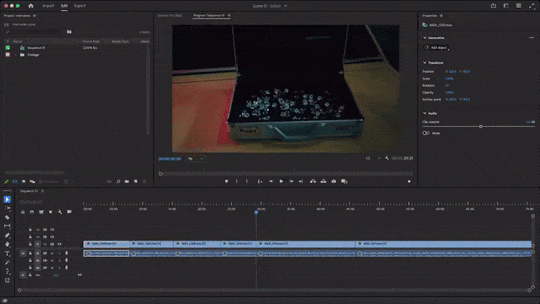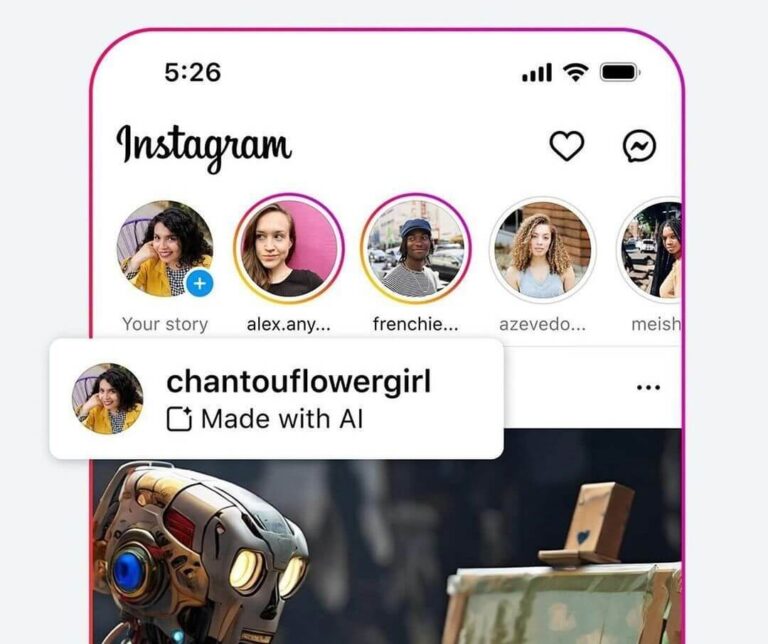01: AI Jesus Takes Your Questions
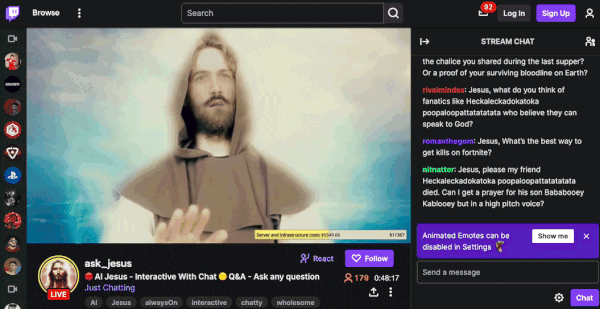
I’ve been talking almost non-stop with experts in their fields on AI & one theme that keeps coming up is “how to make a bot out of me.”
It’s a fascinating thought.
Your knowledge is out on the public internet, you love teaching what you know, you’re over the “pick my brain” requests, and there’s no slowing down with demand for your time.
Short answer: Sure, we can make a bot out of you in the afternoon.
Long[er] answer: Are you ready for what that means when the internet tries to break you?
The technology is ready, and others are experimenting in the realm. But what happens when your bot gives advice you don’t want, goes dark, or suggests something you don’t want it to do?
If you’ve known me for a while, you know I love good automation. Still, at the crossroads of LLMs and [personal] brands, there’s a level of responsibility we need to pay attention to.
Ask Jesus: 🔗 is a fascinating project that shows this in practice. The questions that come over are in every form imaginable, and the responses are both humorous and curious.
💬 What are your thoughts on blending this technology with a personality?
I’m experimenting with this personally and considering launching a service that could make you your bot that responds like you, acts like you, sounds like you (in your voice), and even stays current as you grow your brand. Is that something you’d use, either of mine, or be interested in your own?
02: Adobe Drops Generative AI Into Its Tool Suite
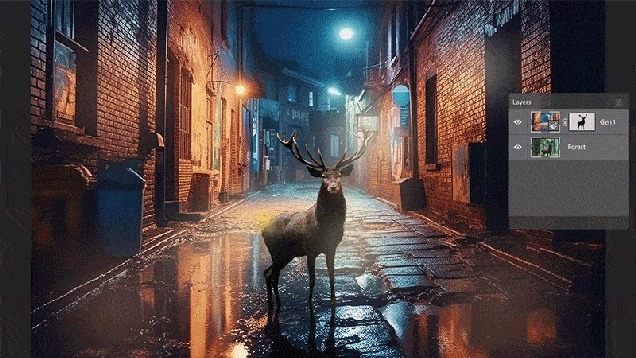
Last week we talked about if AI was going to take down Photoshop.
Shortly after that (emblematic of this industry), Adobe announced Photoshop was introducing a new Generative Fill tool.
After all, keeping up is half the fun.
This AI-powered feature lets you modify images by typing your desired changes directly into your composition, whether adding or removing objects. It’s one of the first tools to use Adobe’s AI image generator, Firefly, 🔗 and is set to launch later in the year entirely.
While it’s an impressive tool, it has its quirks. Some objects it generates may need to integrate more seamlessly into your creatives. But where it lacks early testing, it excels at handling backgrounds and filling in spaces, even reflecting certain aspects of the original photograph.
And when it hits, the results are stunning.
Also, Adobe assures us that Generative Fill only uses licensed or copyright-free content for training, which means your creations should be safe for commercial use.
This is a massive move for the industry since one of the most significant ethical conversations concerns creativity vs. AI for training output.
In addition, the tool uses a “Content Credentials” system to attach attribution data to images before they’re shared online, which clarifies if the content was modified using AI.
A big step in the right direction for credit-given where credit is due.
Generative Fill is currently available for testing in the desktop beta app or within the Firefly beta app. Adobe plans to roll it out to the public Photoshop app in the second half of 2023 & we’re starting to see how it adapts to video and their other tools.
I recorded a Firefly Walkthrough 🔗 on my YouTube channel showing Text to Image and running a first experiment with web-based Generative Fill so you can dive deeper.
03: Facebook’s AI Now Speaks 4,000 Languages
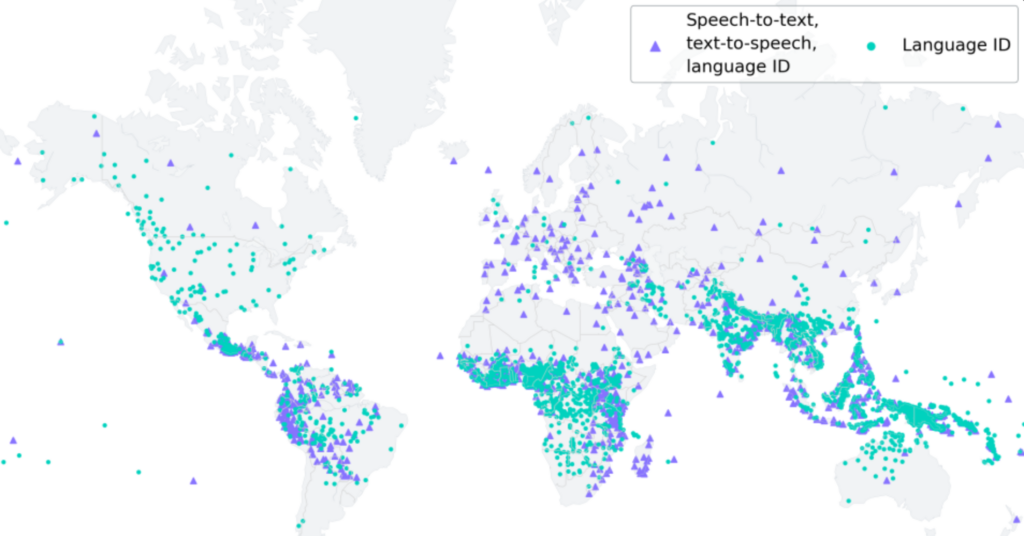
They’ve introduced a series of models known as the Massively Multilingual Speech (MMS) models, designed to preserve global language diversity.
The MMS models are genuinely groundbreaking in their capabilities. They can identify over 4,000 spoken languages, a significant advancement, as this is 40 times more than any previously known technology in the industry.
These can expand text-to-speech and speech-to-text conversions from roughly 100 languages to more than 1,100.
What’s so interesting about this is the development process.
The team needed to gather vast audio data in different languages. They turned to religious texts, particularly the Bible, which has been translated into many languages and has publicly available audio recordings.
By creating a dataset from readings of the New Testament in over 1,100 languages, they collected an average of 32 hours of data per language. This strategy was augmented by considering unlabeled recordings of other Christian religious readings, which allowed the expansion to more than 4,000 languages.
They could have asked AI Jesus, but we’ll act like that’s not a thing for a minute.
Facebook has made the incredible decision to open-source these models and the corresponding code. This move allows the broader research community to further build upon this work, contributing to preserving the world’s languages and fostering advancement in this field that we’ll all benefit from in the future.

